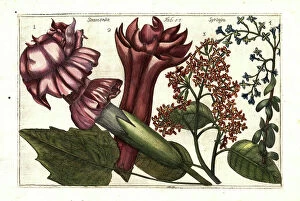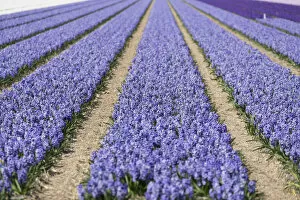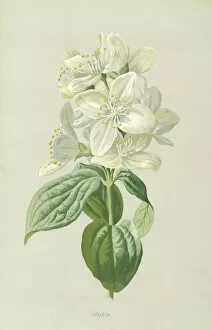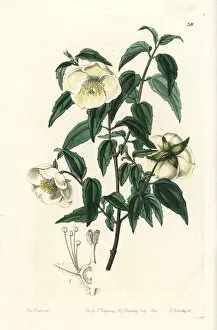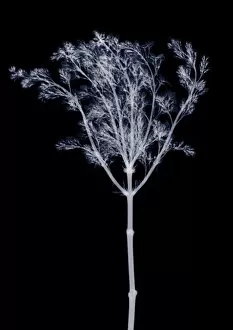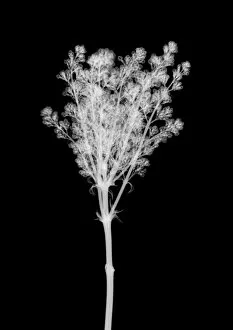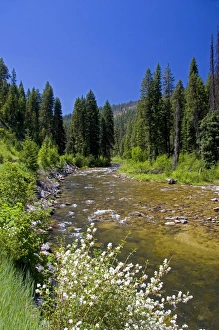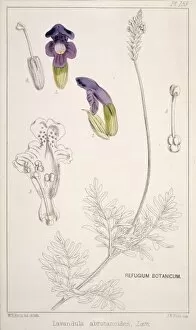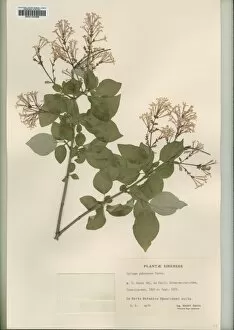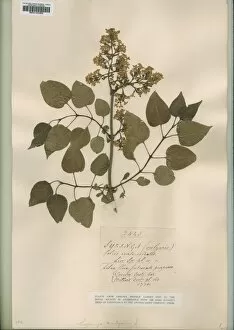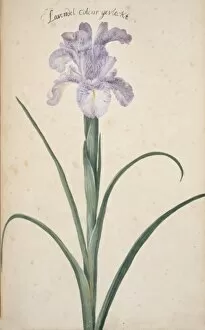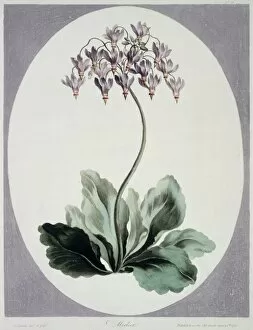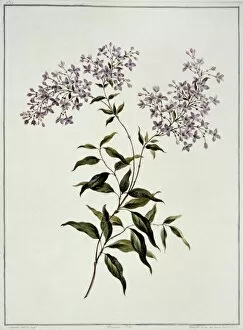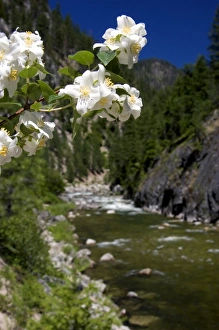Syringa Collection
Syringa, commonly known as lilac, is a beautiful flowering plant that belongs to the olive family
All Professionally Made to Order for Quick Shipping
Syringa, commonly known as lilac, is a beautiful flowering plant that belongs to the olive family. With its delicate and fragrant blossoms, it has captured the hearts of many garden enthusiasts around the world. One of the fascinating aspects is its association with other plants and flowers. For instance, did you know that crocus sativus, also known as saffron, can be found growing alongside lilacs? This unexpected pairing creates a stunning visual contrast in any garden or field. In Plate 76 of botanical illustrations, we can admire the vibrant colors and intricate details of syringa's blooms. The artist skillfully captures every petal and leaf to showcase nature's artistry at its finest. Another intriguing connection lies between syringa and Vanda caerulea - a mesmerizing Himalayan orchid. These two species complement each other beautifully when planted together, creating an enchanting display of contrasting shapes and hues. Syringa tomentella is another variation within this genus that deserves attention. Its unique characteristics set it apart from other lilacs, making it a captivating addition to any floral arrangement or landscape design. For those seeking breathtaking views filled with lilacs in full bloom, Lisse in the Netherlands should be on their travel bucket list. Fields adorned with these fragrant flowers create an awe-inspiring spectacle that captivates visitors from all over the globe. While Syringa vulgaris represents the classic image we have come to associate with lilacs – clusters of purple or white blossoms – there are also lesser-known varieties worth exploring. Take Mexican syringa or mock orange (Philadelphus mexicanus), for example; its elegant appearance adds a touch of exotic beauty wherever it grows. Looking back through history reveals our long-standing fascination with lilacs. A colored engraving published in 1793 showcases Scotch Lilac in all its glory, reminding us of the enduring appeal this flower has held for centuries.




